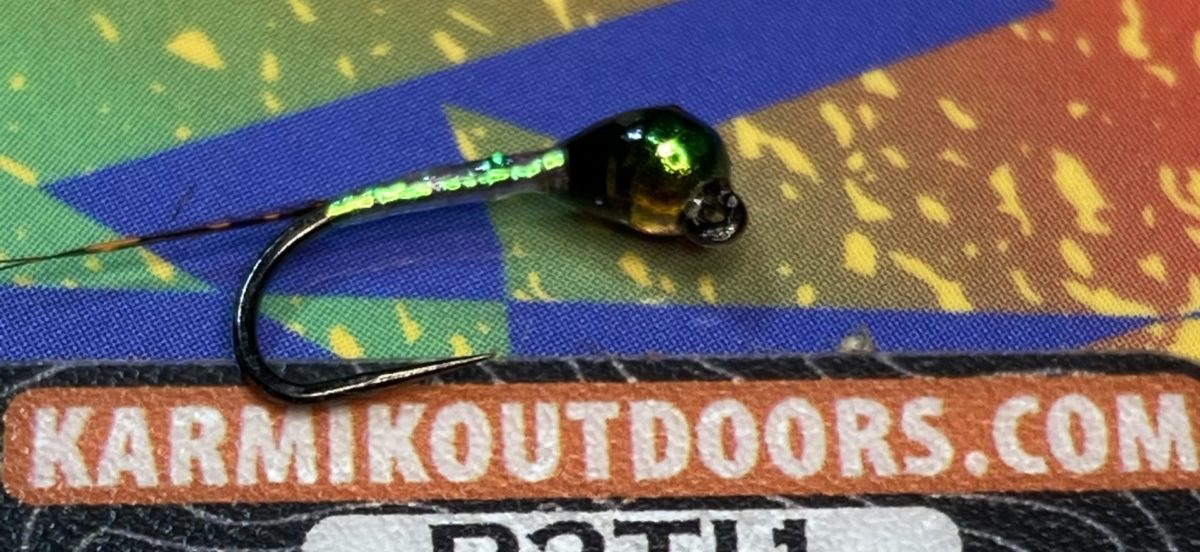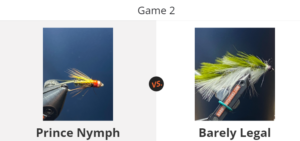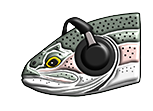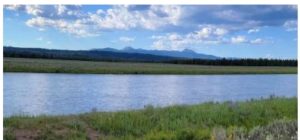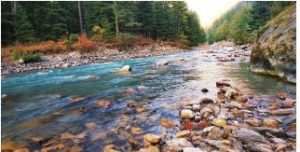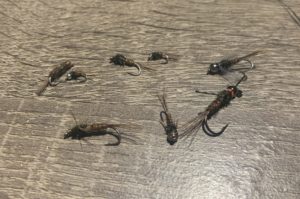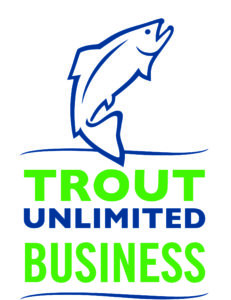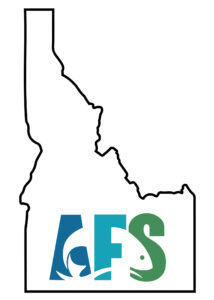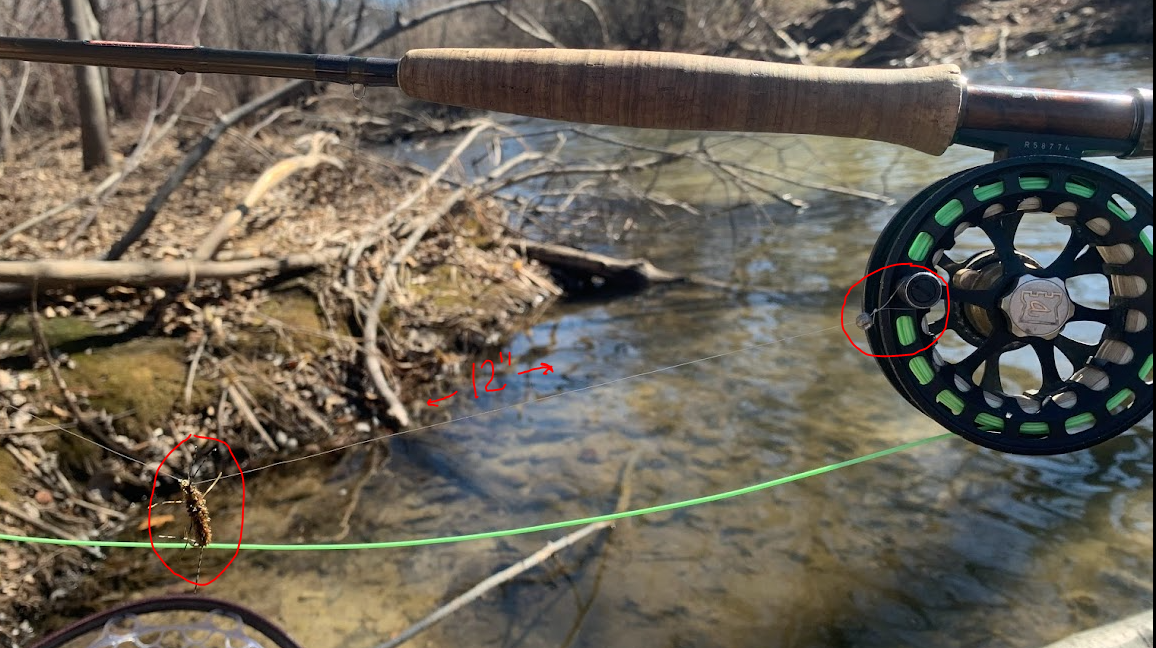
This is why I fish with 2 rods!
Nymphing is the most effective way to consistently catch fish, without a doubt. Trout are aquatic predators and as such eat aquatic food. Most bugs we talk about while fly fishing have an aquatic life cycle. The main food groups for trout are Caddis, Mayflies, Midges, Stonefly, Terrestrials and other fish. 80% or more of a fish’s diet is aquatic insects in the nymphal form. Only during a hatch, which is at the end of an insect’s life, do trout eat the adult versions of the bugs. Even then, trout prefer emergers, cripples or rising nymphs over a mature adult.
Dry fly fishing is the fun part of fly fishing. In the rare situation when you find rising trout and can identify the bug they are eating, then tie one on, it’s amazing. Because this happens rarely, especially in the winter when most aquatic insects are not hatching, anglers typically have a nymph setup or at least a dry dropper set up.
The problem for me is that the two styles of fishing are mutually exclusive of one another. My setup for either style is not compatible with the other. As you will see it is not the easiest to switch between setups which is why I almost always have two fishing rods with me. One is rigged for nymphs and the other is for dries or dry droppers.
Dry Rig
Let me start with my dry or dry dropper rig because it is very simple, very standard. 9’ 5 weight fly rod. 5 weight reel. Double tapered 5 weight fly line. Most of the time it’s got a 9’ 5x leader with a 18 inch fluorocarbon tippet. That part changes if it’s hopper season or if I’m fishing tricos. It might be 3x fluorocarbon or it might be 6x monofilament depending on the bugs but typically its a 9′ leader with tippet. We will get into mono and fluoro later.
Nymphing
Now to my nymphing setup. This is a bastardized nymph setup that I’ve taken parts of other setups I’ve seen and liked. This is function over form at its finest. I think I would like a 10’ rod in the future but for now my 9’ 5wt works just fine.
Top Section
- I take an old tapered leader and cut it off from the loop about 12-15 inches. I then make another loop. I just double it over a few inches and tie an overhand knot. Now I have a 12-15” butt section of a leader with two loops. One loop attaches to my fly line and the other loop is for my tippet. This serves 3 purposes. 1) This is now a quick connection if I need to cut off my nymph set up and put on a tapered leader for dries, which I never do because I have a dry fly rod rigged. 2) It also serves to protect my fly line because I nymph with only a long strand of tippet. Using a thin diameter tippet will cut into your fly line and ruin it. To prevent damage I attach my tippet to my mono leader and not a fly line. 3) The butt section attachment provides enough surface area for an indicator. Again, our thin diameter tippet does not hold an indicator in place very well without slipping. The butt section allows you to put an indicator on without it falling down to you flies in a few casts.
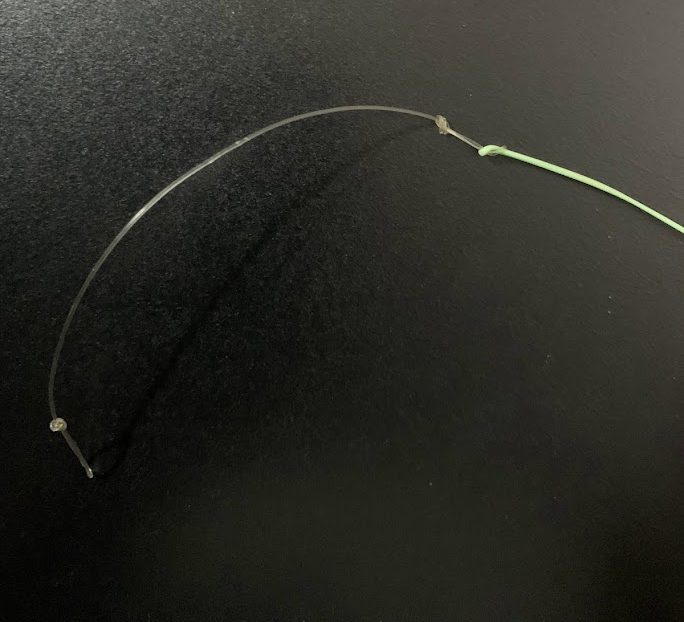

- Now, I typically run a few feet of 4x fluorocarbon tippet or run a sighter line. I again do an overhand knot and make a loop so I can do a loop to loop connection. Here is a unique feature of my nymph setup… I only use tippet. A tapered leader is made to transfer the energy from your cast to a tiny weightless fly. It’s also designed to displace water so your leader and fly can float. WE DO NOT WANT OUR NYMPHS TO FLOAT. Stop using a tapered leader to nymph with, use a thin diameter tippet. By using 3x – 4x – 5x tippet, it allows the line to cut through the water better and allows your nymphs to sink faster. Thin diameter tippet is also less affected by currents. The current you see on the surface is not ubiquitous through the water column to the bottom. Having a thin diameter tippet can positively affect your flies presentation. Additionally, a thin fluorocarbon tippet versus a thick nylon or monofilament leader is harder for the fish to see. Fluorocarbon has great durability and abrasion resistance. Fluoro also is nearly invisible in water. Finally, I use fluorocarbon because it is more dense and sinks, kinda. Water has a density of 1.0 g/mL. Anything more than 1.0 g/mL should sink and anything less than 1.0 g/mL should float; unless the object is designed to displace water and float, think a navy aircraft carrier or a tapered leader. Monofilament is 1.15 g/mL so it is slightly denser than water. Fluorocarbon is 1.78g/mL and is slightly denser than mono and water. For reference the density of lead is 11.29 g/mL. Fluorocarbon does sink but it’s not lead. Fluoro is not going to sink most of your big dry flies. In conclusion, using tippet and not a tapered leader is far better for nymphing.
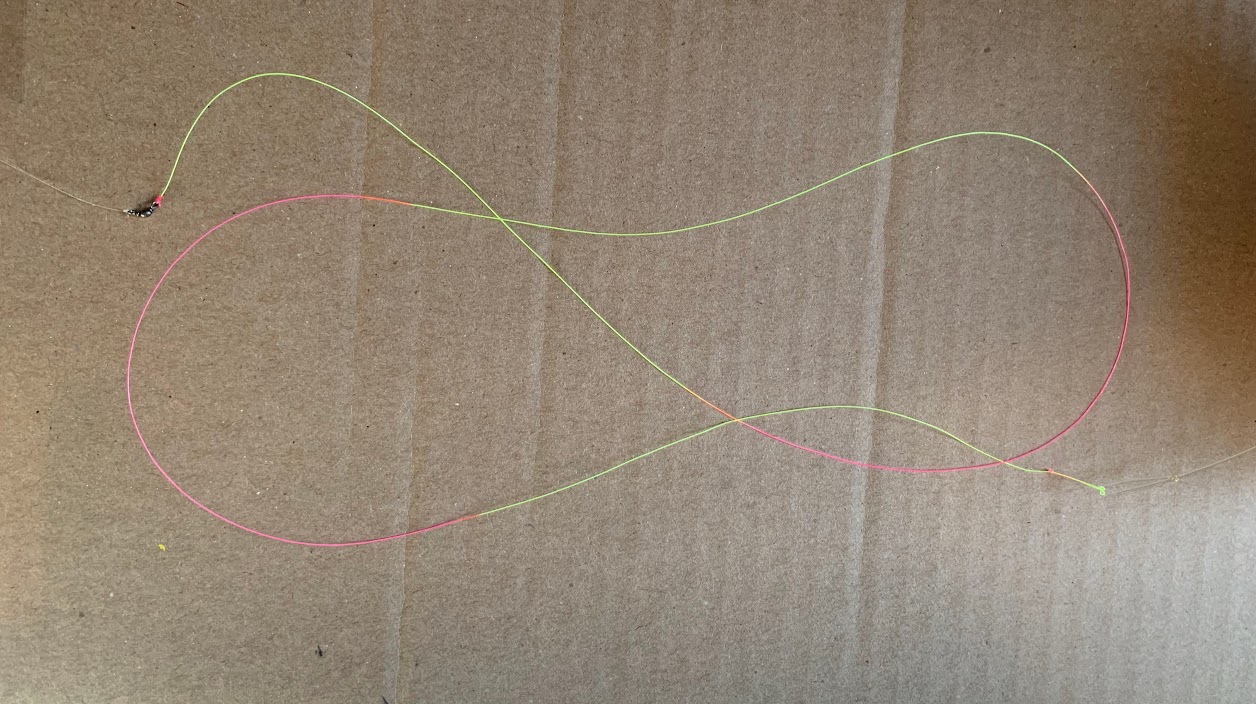
Middle Section
- I attach a small barrel swivel to the tippet with an improved clinch knot. I always use an improved clinch knot. I tried the regular clinch for a while and I feel like it fails more, but that is not a proven scientific experiment, just my observations. The barrel swivel allows us to nymph properly and not twist up our fly line. If you nymph properly you are not overhand casting with 3 false casts. You are flipping your flies from downstream to upstream followed by a few mends then repeat a hundred times. After a long day of nymphing sometimes your fly line will twist up. The swivel prevents twisting. It also adds a little weight to keep your line straight and tight
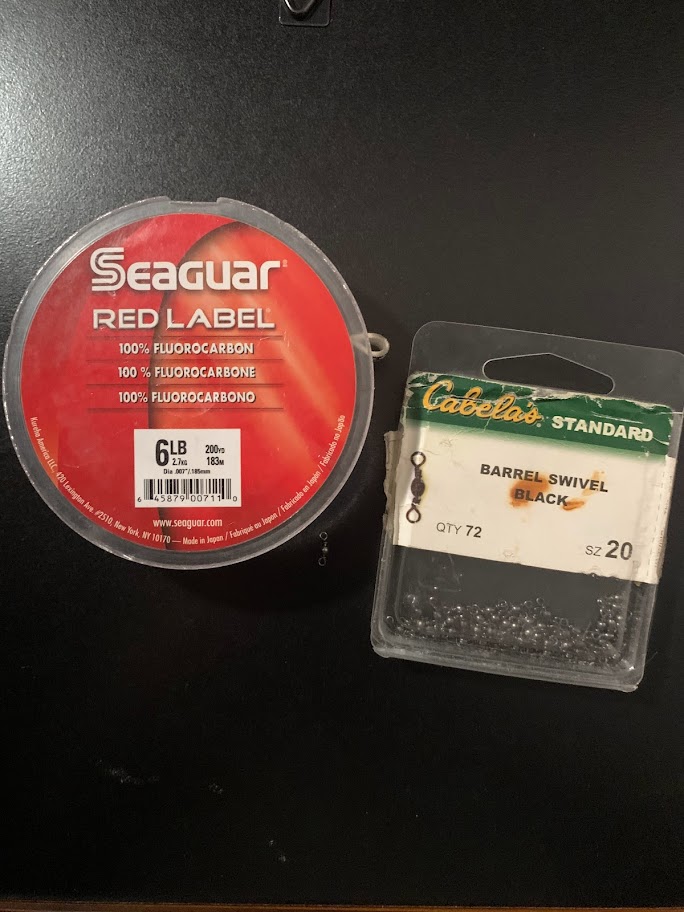
- This section is challenging. Stay with me. From the barrel swivel I attach 2 to 3 feet of tippet and attach my first fly. I usually run 2 feet or so if I’m running three flies and 3 feet if I’m running 2 flies. From the indicator to my first fly, it is about 4-5 feet. I typically tie an improved clinch knot and then another section of tippet to the hook eye. So, two pieces of tippet on the hook eye. I feel like it catches more fish. This is completely anecdotal again. I think that if a fish wants to eat a nymph and it feels string touch on its nose it isn’t going to eat it. Sometimes, if I’m really gungho I will attach two pieces of tippet via blood knot and use the tag end to tie on the fly. That is probably the best option. I have seen, and have myself, put a little 6 inch dropper. I will do this after I change my fly and can’t tie in another fly off the blood knot tag end. I like doing this but it is sometimes a little messy when walking and having hooks dangling everywhere. Each fly is attached either by the hook eye, blood knot tag end, or the loop tippet dropper.
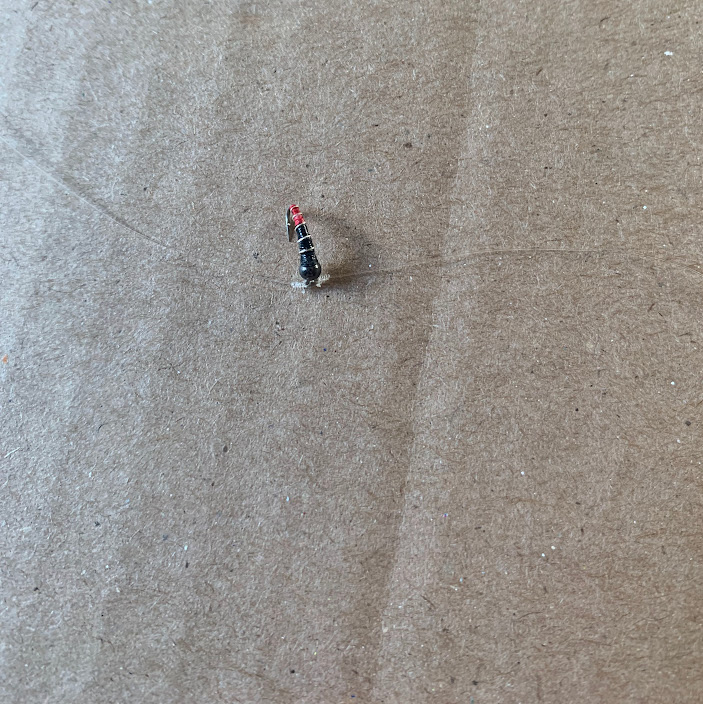
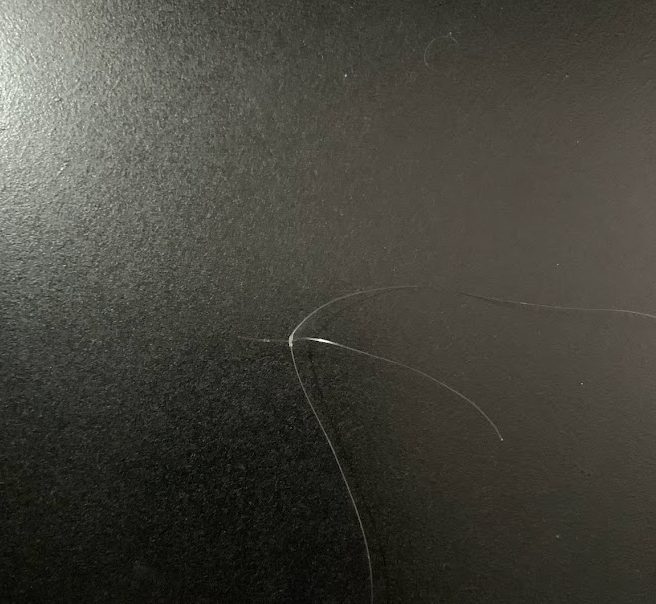
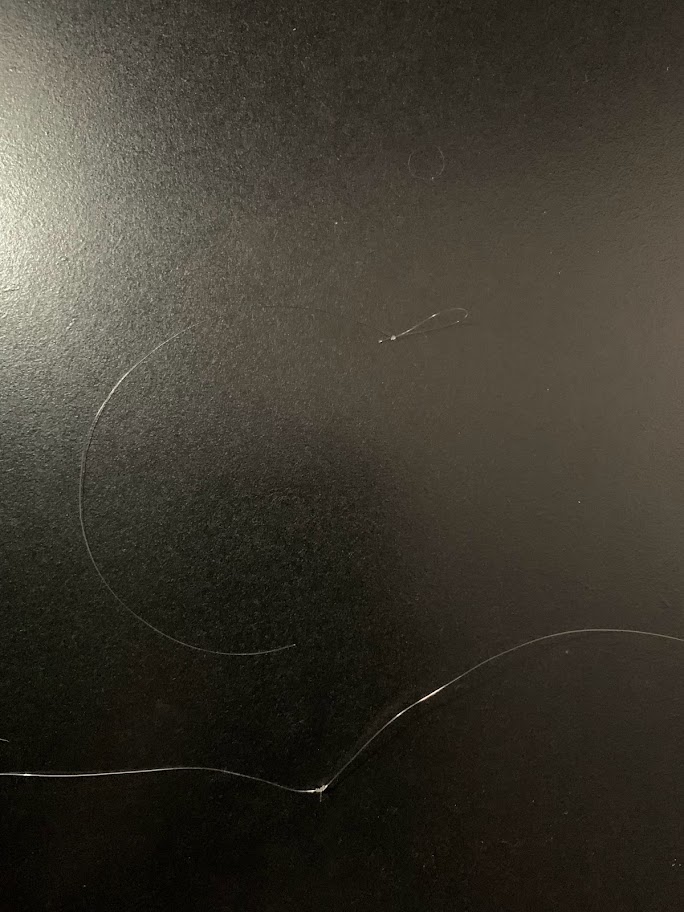
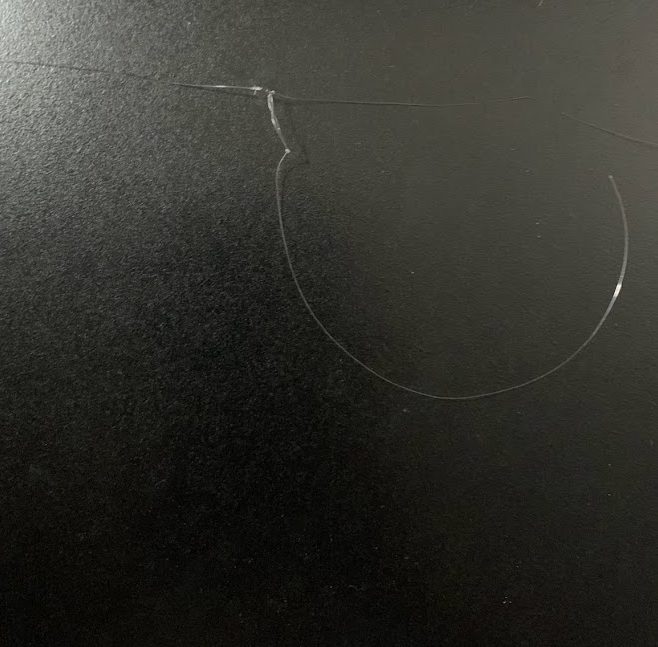
- Flies: My top fly is almost always an emerger. It is usually small, size 16 or less. I pretty much never use a jig hook with this setup. If I do, jig hooks are my “point of fly” (bottom fly) if that’s how I’m fishing that day or moment. Like I said, I will fish with 2 or three flies. Depends on the legality of your state but also water depth and time of year and if I’m prospecting or if I’m fishing a known hatch I change things up. For example, in March I like to put a Blue Wing Olive (BWO) or Baetis emerger as my top fly. There can be really good BWO hatches in my neck of the woods in March. Then I tie on a Zebra midge or egg pattern or hot spot nymph or San Juan as my second fly. I like something a little flashy and bright, usually to get their attention and then have them look up or down and see the other two flies that they might key in on. Finally, I like to have a big nymph. Usually a Green Pat’s Rubber legs in size 8 or 10 to match the skwala nymphs. That 3 fly setup changes seasonally but it’s usually an emerger, nymph, and stonefly. The bottom fly is usually a stonefly. It’s the fly that I catch the most fish with. I sometimes will only use two flies but the bottom is still usually a stonefly. 10% of the time I use something other than a stonefly. It’s usually a big jig nymph or if it’s a shallow water spot it’s just two small tungsten nymphs.

Bottom Section
- Changes happen and need to happen to catch fish. If I’m fishing from land, not a boat, and it’s a deep run then I usually add a split shot to it. I do not put it on the tippet between flies. I add the split shot as a dropshot. The benefits to the dropshot are immense. I run another piece of tippet off my bottom fly. If you’re following this nymph setup I have 6 sections. Like I said, I fish with two rods because this is not an easy set up to switch back and forth between nymphs and dries. The dropshot is another unique feature. I change the length based on the depth, but it’s usually 12-18” long. I always run the tippet 1 size smaller than my setup. If all my top sections are 4x (6lb) then my dropshot section is 5x (5lb). If I snag my non-toxic, non-lead, split shot then I can yank it hard and that section breaks and not my other 5 top sections. I just tie on another drop shot section. The round weight is on the bottom of the river bed and my nymphs are all floating through the water column at various depths. The round weight will get caught or wedged on rocks and all you have to do is walk up stream and pull. It will come out 95% of the time with one pull because the hook is not stuck on something. The drop shot also allows you to keep your line in a straight line as much as possible. As with all nymphing methods you feel or detect strikes much better and faster when your line is tight. Have you ever been nymphing and saw a flash or ha a trout jump; then your indicator moves, only to realize the trout was eating your nymph and took off? That happens more than you probably think.
- Lastly, I put an overhand knot on the bottom section below the bottom nymph and below the shot. This does two things: 1) I can put it on my reel handle for storage while walking and 2) it stops the split shot from falling off. I can put the split shot on lightly allowing me to quickly add or subtract split shot based on water depth.

Please try this. Use this as a guide and edit how you see fit based on your experience or waters. Use all of it or none of it. I think some of the points are very valid and some might not matter much.

